Anaconda – the largest snake in the world?
The anaconda, one of the largest and most fearsome creatures on the planet, is a true marvel of nature. With its massive size, immense strength, and legendary ferocity, this giant serpent has captured the imaginations of people all over the world for centuries. Found in the dense rainforests and swamps of South America, anacondas are among the largest snakes in the world. Growing up to 7.5 m (24ft 7in) in length and weighing as much as 100 kg (220lb), these behemoths are powerful predators that can take down prey much larger than themselves.
While they are certainly impressive in size and strength, anacondas are also fascinating creatures that have evolved to survive in some of the most challenging environments on the planet. Their unique adaptations, from their flexible jaws and powerful muscles to their ability to camouflage themselves in the murky waters they inhabit, make them one of the most formidable creatures in the animal kingdom.
Despite their reputation as fierce and deadly predators, anacondas are also surprisingly elusive creatures. Living deep in the heart of the rainforest, they are rarely seen by humans, and much of their behavior remains a mystery even to the most experienced researchers.
In this article, we will explore the fascinating world of the anaconda, delving into their biology, behavior, and impact on the ecosystem around them. From their incredible physical adaptations to their role as top predators in their environment, we will examine what makes these remarkable creatures such a marvel of the natural world.
So join us as we journey into the heart of the Amazon rainforest, and discover the incredible world of the anaconda. Whether you’re a wildlife enthusiast, an adventurer at heart, or simply curious about the wonders of nature, this article is sure to captivate and inspire you with its tales of one of the world’s most fascinating and fearsome creatures.
Anaconda – myths and facts
This snake has stimulated the imagination of many, leading to numerous myths and false images supported by the Hollywood filmmakers. As we know, in every myth lays a kernel of truth, let us try to separate the myths from the truth and present a real view of anaconda. To begin with…
Anaconda (Eunectes) – the heaviest snake in the world and a dexterous swimmer.
9 meters (30 ft) of length, 250 kg (550 lb) of weight – Ladies and Gentlemen – behold the Anaconda. The largest snake in the world…*
* estimated values
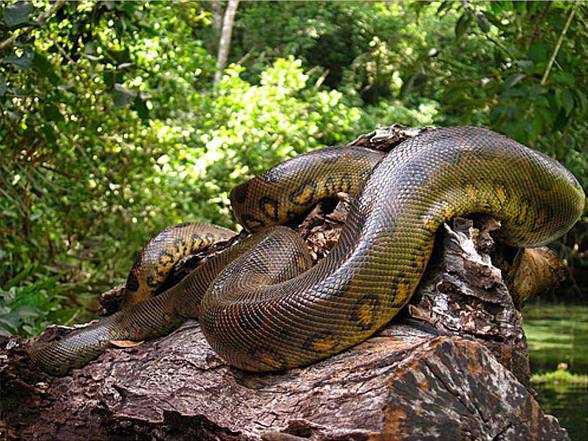
Classification
- Class: Reptilia
- Order: Squamata
- Suborder: Serpentes
- Family: Boas (Boidae)
- Subfamily: Boinae
- Genus: Eunectes
We recognize 5 species of anaconda
- Bolivian anaconda (Eunectes beniensis) – Bolivia
- Darkly-spotted anaconda (Eunectes deschanauensel) – Brazil, French Guiana
- Green anaconda (Eunectes murinus) – the Amazon and Orinoco river basins, Colombia, Venezuela, French Guiana, Ecuador, Peru, Bolivia, Trinidad and Tobago, Paraguay
- Northern Green Anaconda (Eunectes akayima) – South America and Trinidad
- Yellow anaconda (Eunectes notaeus) – Argentina, Brazil, Bolivia, Paraguay, Uruguay
You can also come across a giant anaconda – a mythological big snake found in South America. However, it has little in common with the truth, but more on that, a bit further…
As seen above, anaconda belongs to the boas family. Similarly to pythons they are systematized as Boidae, yet the difference between those genera is substantial – anacondas do not lay eggs. Anacondas are viviparous.
What does ‘Eunectes’ mean?
The term Eunectes is derived from Greek and means ‘good swimmer’.
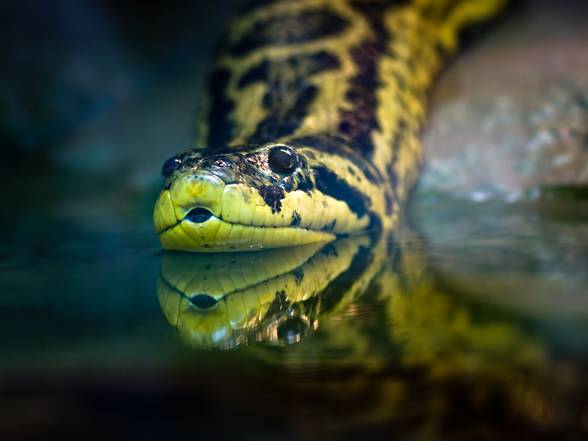
Areas of occurrence
Anacondas inhabit exclusively the South American continent:
- Argentina
- Bolivia
- Brazil
- Ecuador
- Peru
- Paraguay
- Venezuela
- Trinidad and Tobago
Habitat
Anacondas lead an amphibious lifestyle (they rarely climb up the trees due their body mass). They live mostly in aquatic environment and inhabit the tropical rainforests. Anacondas can swim with a velocity reaching 20 km/h (12 mph) and can stay underwater for up to 20 minutes.
Breeding
The female anaconda gives birth to live offspring, usually between 10 and 50 baby snakes (largest recorded litter contained 100 snakes). Baby anacondas are about 75 cm (2ft 5.5in) long and weigh around 250 grams. Young anacondas are already independent at birth (convenient isn’t it?) and leave their mother just hours after being born. As they are unprotected, they become easy prey for numerous predators. Only a few percent survive adolescence – hence the number of offspring in one litter.
In natural habitat, anacondas reach 30 years of age.
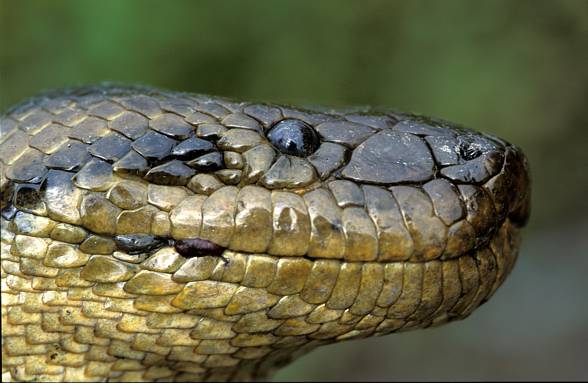
Anaconda – size
Most myths about these snakes consider their size. If you have read the article on the largest flying ‘dinosaur’ – see Quetzalcoatl – it is obvious that finding a largest, heaviest and longest specimen is of the utmost importance for it is a straight road to fame and wealth.
Since the XIX century a significant shrinkage of the anaconda has been observed. Whereas in the early XX century a statement that Anaconda is the world’s largest snake was valid, today we know that this is not the current state of affairs.
Reports appearing in stories and historic sources carry a resemblance to the adventures of Arthur Conan Doyle’s characters in ‘The Lost World’ (after all both take place in South America). These reports claim that snakes measuring 12, 19, 24 meters (39, 62, 79 ft) or even 35 m (115 ft) exist. The problem with all of these stories was always the same – lack of any evidence of the existence of such snakes.
Today we know that the longest wild Anaconda which length was verified was… 521 cm (17ft 1.1in) long and weighed 97.5 kg (214 lb). It is clearly much less than in case of Medusa – the longest reticulated python (7.67 m – 25 ft 2.0 in).
Bigger males or females?
Anacondas’ characteristic feature, much like birds of prey, is that its females are larger than males. Females reach 30 cm in diameter and a meter in circumference in the widest section.
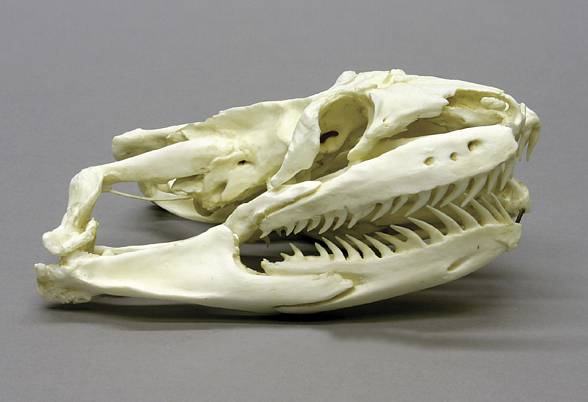
Green anaconda (Eunectes murinus)
Green anaconda, also known as the common anaconda, is the largest species of its genus. This species is particularly to the filmmakers’ liking, although other anacondas are undoubtedly more beautiful.
This snake lives in the Amazon and Orinoco river basins.
Size:
- Length:
- males: 2.5 – 3 m (8ft 2in – 9ft 10in)
- females: 4 – 4.5 m (13ft 1.5in – 14ft 9in), rarely exceeding 6 m (19ft 8in)
- longest recorded 7-7.5 m (22ft 12in – 24ft 7in)
- Diameter: up to 30 cm (12in) – empty stomach
- Diameter: up to 1 m (3ft 3.4in) – after meal
- Weight: 60 – 70 kg (132lb – 154lb), rarely exceeding 100 kg (220lb)
The longest green anaconda held in captivity was 6.27 m (20ft 6.9in) long at the moment of its death (Pittsburgh Zoo). At the body length of 5.94 (19ft 5.9in) it weighed 91 kg (201lb). National Geographic’s webpage informs of the size of 6-9 (19ft 8in – 29ft 6in) meters of length and weight reaching 227 kg (500 lb), yet we do not know what is the foundation of such information. Possibly those are only estimated values.
Cases of putting long skins of those snakes on display in museums occurred, the problem is that these skins were noticeably stretched…
2024 update
Northern green anaconda (Eunectes akayima)
Northern green anaconda is a species of boa found in South America and the Caribbean island of Trinidad. It is one of the largest, heaviest, and longest snakes in the world. Like all boas, it is a non-venomous constrictor.
This species was named in 2024, after it was found to be genetically distinct from the similarly looking green anaconda (Eunectes murinus). The northern green anaconda has been identified as a new species after genetic analysis showed it split from its southern counterpart 10 million years ago.
The largest females of this species can grow to more than seven meters long and weigh more than 250 kilograms. They are well-adapted to a life lived mostly in water. Their nostrils and eyes are on top of their head, so they can see and breathe while the rest of their body is submerged.
They are known for their stealth, patience, surprising agility, and their ability to asphyxiate huge prey then swallow them whole. As apex predators, green anacondas are vital to maintaining balance in their ecosystems.
Currently, sources claim that the filmed specimen is about 8 meters (26 feet) long and weighs probably about 200 kg (440 lb). In fact, we have seen a film of an anaconda and a diver in the water, nevertheless no one has measured and even less weighed the snake on it. So for now, we will show some caution when it comes to estimating size.
Size:
- Length:
- males: unknown
- females: probably the longest snakes 8 m (26 ft)?
- Weight: Probably the heaviest snakes 440 lb?
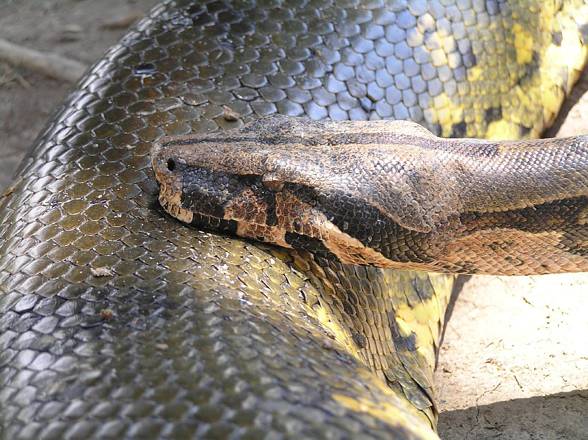
Money, money – 50 thousand dollars reward
Some sources claim that the maximum length of these snakes may exceed 9 meters (29ft 6.3in) and their weight may exceed 200 kg (441 lb). The thing is that a reward of 50 thousand dollars for finding an anaconda longer than 9 m (29ft 6.3in) – funded by the Wildlife Conservation Society in the 1920s and still honored – has not yet been claimed… It is striking that throughout almost a century not one person reported to claim the reward.
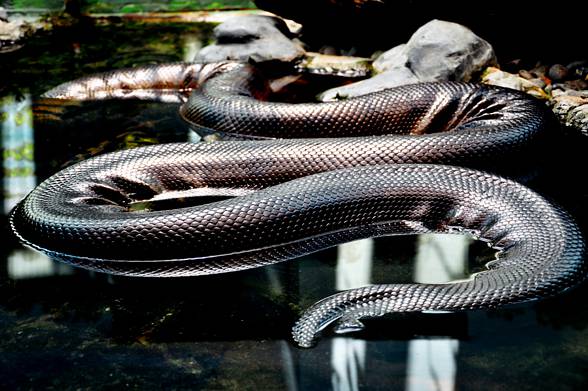
Hunting and prey
Anaconda hunts for mammals, fish, birds and other reptiles. There are reports of cannibalistic behaviors among these snakes. Usually a larger female eats a smaller male… as a snack after an amorous tête-à-tête.
Anaconda like every other constrictor causes suffocation of its victims wrapping coils of its body around its prey. Tapirs, turtles or even caimans may be its prey. Similarly to other snakes its prey is swallowed whole and digested throughout a few weeks. After a plentiful meal anaconda normally fasts for a lengthy period of time – even several months. In captivity, there was a record time without food lasted 2 years… To think that the Christian Lent is only 40 days long 🙂
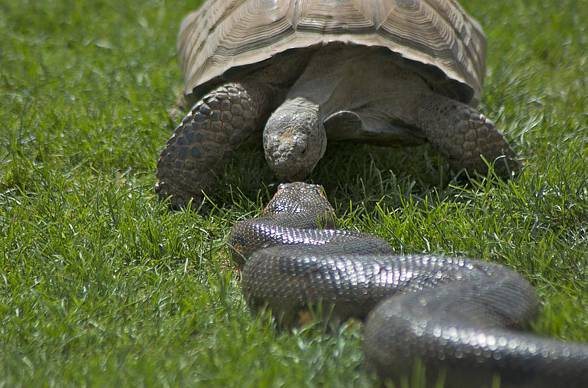
Human attacks
Anaconda is large enough to consume a human child. Unfortunately some cases of human encountering an anaconda proved fatal…
As we know, a snake is able to swallow a victim measuring up to 1/4 of the snakes body length, and being of comparable weight.
Anaconda – a titanoboa’s relative
To conclude – it is worth reading an article on the anaconda’s ancestor, the largest snake ever to crawl on the surface of the Earth, able to defeat a T. Rex – Titanoboa. To satisfy a deeper interest considering the large snakes of the world, we recommend the ranking: The longest snakes Top 10.
Eaten by an anaconda…
In December 2014, Discovery Channel emitted a controversial picture entitled ‘Eaten Alive’, in which Paul Rosolie was to be eaten alive by a huge anaconda… In case you missed the viewing, a material of his final encounter with the anaconda is shown below.
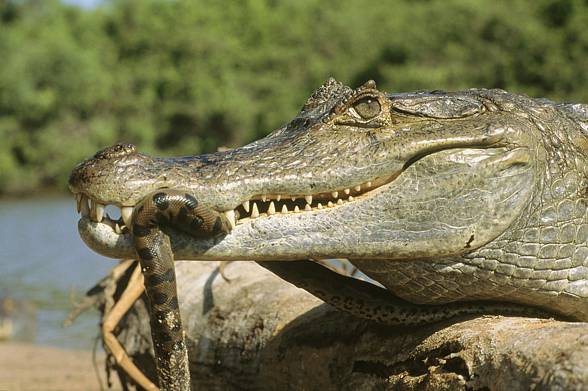
Recommended
- Titanoboa – largest snake
- Reticulated python
- Most venomous snakes – Top 100
- Longest snakes – Top 10
- Fastest animals
- Fastest birds
- Largest eagles

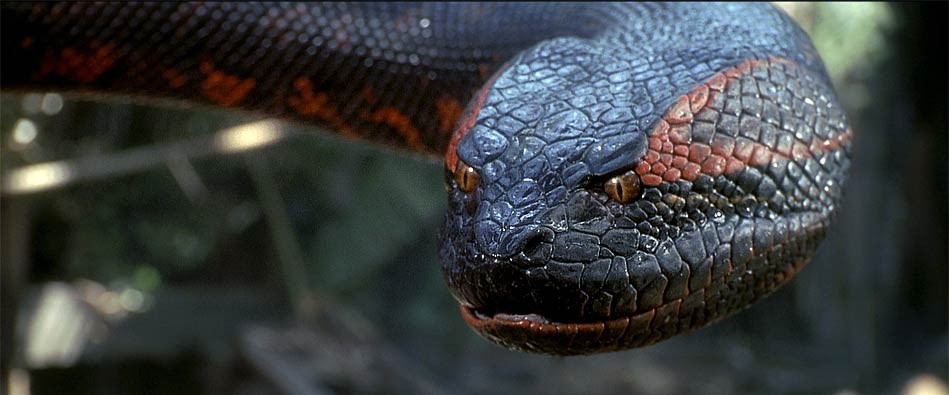






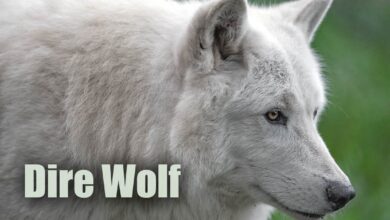
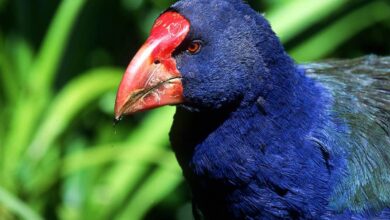
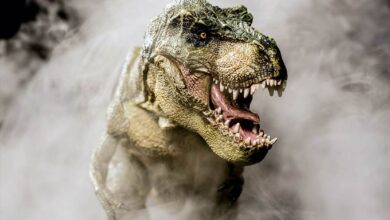







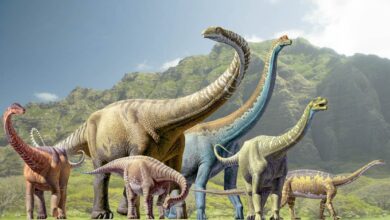
The new anaconda species have been found recently. There even is a video of one that is 8 meters long and weight 200 kg. I was wondering would a bengal Tiger manage to kill such a snake? We are talking on land not in water
In the article above they mention this 8 meter anaconda.
Leopards kill large pythons, jaguars kill anacondas, so a large Bengal tiger, which can hunt a gaur or even an Indian rhinoceros (there are such reports), would certainly hunt such an anaconda. The anaconda is only the power of suffocation, the tiger is also the intellect, which the snake lacks.
Thats what I thought. I think Tiger would be to fast(on the land ofc) for the snake to roll around it. It was a very intresting disocovery btw. This anaconda varies dna 5.5% from the normal green anaconda witch is huge.
I will believe the size of this anaconda when they put it to sleep, measure and weigh it. Without that, it’s just a picture, of which there have already been many.
Yeah the pictures and rumors tend to not be very accurate often
Actually I have second question. There is an old footage of I think franks bucks movie Where a Tiger fights a big python the python rolls around the Tiger but the cat ends up freeing him self. I heard that the Tiger was declawed and defanged it that fight also that its a young Tiger. What do you think about that footage and do we have any proove for the claims about the Tiger?
The footage you’re referring to is likely from the film “Bring ‘Em Back Alive” by Frank Buck. This film, released in 1932, was a jungle adventure documentary filmed in Malaya. It included a scene where a tiger and a python engage in a fierce battle. The tiger is seen panting for breath as the python coils around it, but in the end, the tiger manages to free itself.
As for the claims about the tiger being declawed, defanged, and young, I couldn’t find any specific information to confirm or refute these claims.
The authenticity of the animal fight sequences in Frank Buck’s films has been questioned. However, the film’s authenticity was defended by Terry Ramsaye, editor of Motion Picture Herald, who claimed that the animal action was all shot “in a compound adjacent to the city of Singapore, in the Straits Settlements” and that the scenes staged and recorded in the compound may be accepted as “dramatically reasonable reconstructions of what actually happens in the open jungle”.
The tiger-python fight is one of the most memorable scenes in Frank Buck’s 1932 jungle adventure documentary, “Bring ‘Em Back Alive”. The film was shot in Malaya and features various scenes of animal life and interactions.
In the fight scene, a Bengal tiger and a big python engage in a fierce battle. The python coils itself around the tiger, causing the tiger to pant for breath. However, with a supreme effort, the tiger manages to free itself.
The filming of this spectacular battle has raised many questions among viewers, such as how the scene was filmed, whether it was staged, and how the cameramen managed to capture the action without endangering their lives. The film’s director, Clyde E. Elliott, kept the camera in the background, resulting in a clear conception of the clashes between the animals.
Despite the questions and controversies surrounding the film, it was a huge hit and is considered one of the most successful and popular films of both Elliott and Buck.
On the second thought wouldnt the the neck of anaconda this size too wide for the Tiger to efectivly bite and pierce vital organs? Or am i wrong? I mean would the Tiger be able to open its mouth wide enought to bite
Although it is rare, a pair of Bengal tigers can even take on an Indian rhinoceros. So I don’t think it would be much of a problem for them to effectively bite a large snake. It doesn’t have to cover the whole neck with its snout. Just inflict a wound and hold the snake with the claws, which are also effective weapons.
So do we know how large was the actually the anaconda on that video or is it still ”maby 8 meters”
No, these are myths. The discovery of this species of anaconda was made during an expedition led by Professor Bryan Fry of the University of Queensland, which also included representatives of the Waorani tribe, known for stories of giant anacondas living in their area.
The expedition lasted 10 days, during which scientists searched the jungle and rivers, finding anacondas in shallow waters. The discovery is considered one of the most important in the career of the researchers and Professor Fry. In the course of their research, the scientists reportedly measured one female to be 6.3 meters long and not 8 meters.
So just like always. For some reason people cant accept that there are no snakes this big.